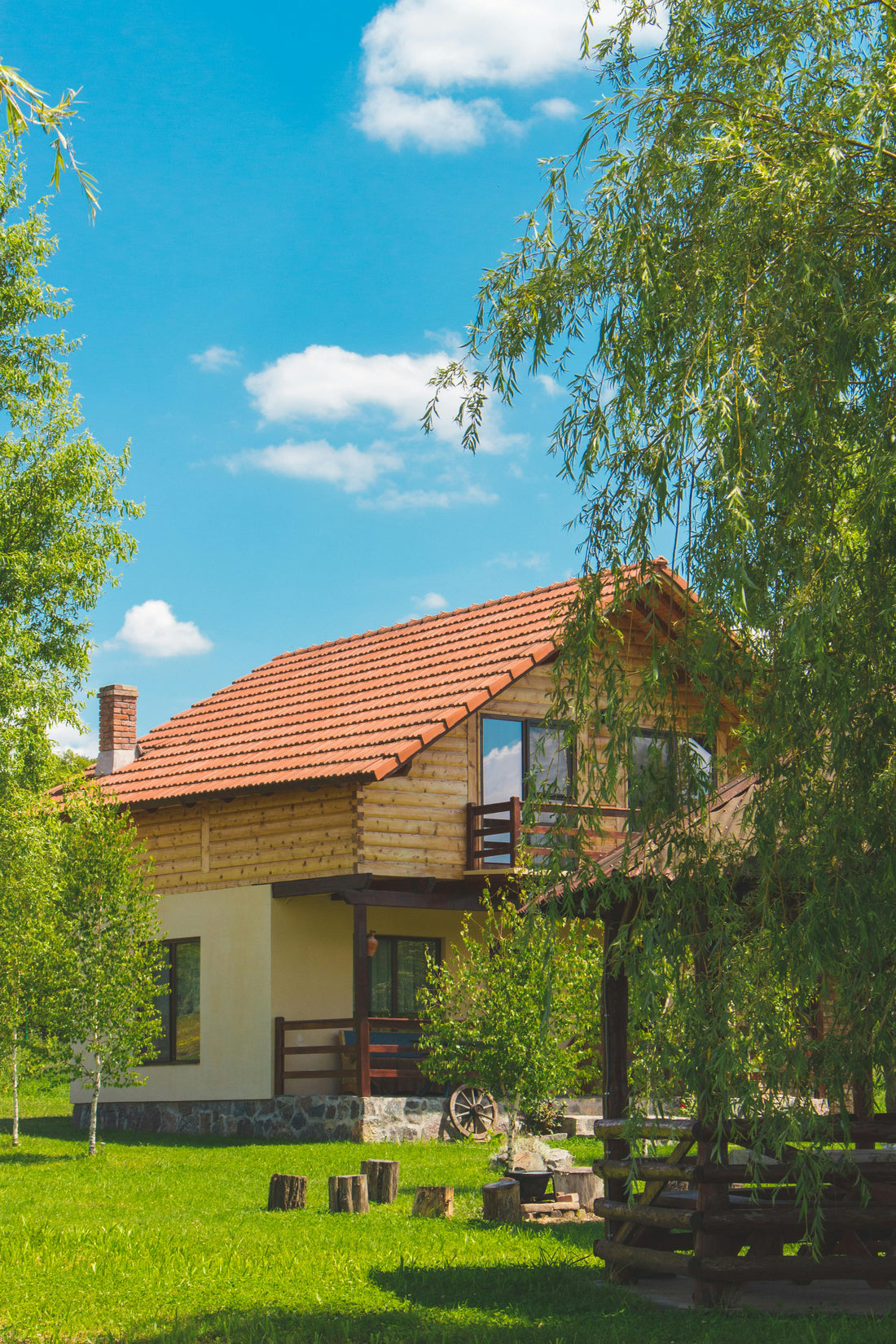Designing your garden can be a rewarding and enjoyable experience, whether you have a green thumb or are just starting out with your gardening journey. Your garden is an extension of your home, offering a sanctuary to relax, entertain, and connect with nature. With thoughtful planning and creativity, you can transform your outdoor space into a vibrant oasis that reflects your personality and style. In this guide, we'll explore the essential steps to help you design your dream garden.
Step 1: Assess Your Space Before diving into the design process, take some time to assess your garden space. Consider factors such as sunlight exposure, soil quality, and existing features like trees, shrubs, and structures. Take note of any areas that receive full sun, partial shade, or full shade throughout the day. This information will help you choose the right plants for each area and determine the layout of your garden.
Step 2: Set Goals and Priorities Think about how you want to use your garden and what elements are most important to you. Do you envision a lush flower garden, a cozy seating area, or a productive vegetable patch? Identify your priorities and goals for the space, keeping in mind your lifestyle, budget, and maintenance preferences. Creating a list of must-have features will guide your design decisions and ensure that your garden meets your needs and desires.
Step 3: Create a Functional Layout Once you have a clear vision for your garden, it's time to create a functional layout that maximizes the use of space and enhances the flow of your outdoor environment. Start by sketching a rough outline of your garden on graph paper, noting existing features and any areas you'd like to include, such as pathways, seating areas, and garden beds. Consider how you can create distinct zones within your garden for different activities, such as dining, lounging, and gardening.
Step 4: Choose Plants Wisely Selecting the right plants is key to a successful garden design. Choose plants that thrive in your local climate and soil conditions, taking into account factors like sun exposure, water requirements, and mature size. Incorporate a mix of perennials, annuals, shrubs, and trees to add texture, color, and interest to your garden throughout the year. Pay attention to plant spacing and growth habits to prevent overcrowding and ensure a harmonious balance of foliage and flowers.
Step 5: Add Hardscape Elements Hardscape elements such as pathways, patios, and garden structures can enhance the beauty and functionality of your garden. Incorporate hardscape features that complement your home's architecture and reflect your personal style. Consider materials such as natural stone, brick, wood, and concrete for durability and aesthetic appeal. Create inviting pathways that lead visitors through your garden and define separate areas for relaxation and entertainment.
Step 6: Incorporate Design Principles Utilize design principles such as balance, proportion, rhythm, and unity to create a cohesive and visually pleasing garden. Arrange plants and hardscape elements in a way that creates harmony and balance throughout the space. Create focal points with eye-catching plants or garden ornaments to draw attention and create interest. Experiment with color, texture, and form to add variety and dimension to your garden design.
Step 7: Maintain and Evolve Gardening is an ongoing process, and your garden will evolve over time as plants grow and seasons change. Regular maintenance is essential to keep your garden healthy and vibrant. Develop a maintenance plan that includes tasks such as watering, weeding, pruning, and fertilizing to ensure that your garden thrives year-round. Take time to enjoy your garden and observe how it changes throughout the seasons, making adjustments and additions as needed to enhance its beauty and functionality.
Conclusion: Designing your garden is a rewarding endeavor that allows you to express your creativity and connect with nature. By following these essential steps and incorporating your own personal touches, you can create a beautiful and inviting outdoor space that brings joy and inspiration to your life. So roll up your sleeves, grab your gardening tools, and let your imagination take root as you design your garden oasis. Happy gardening!

